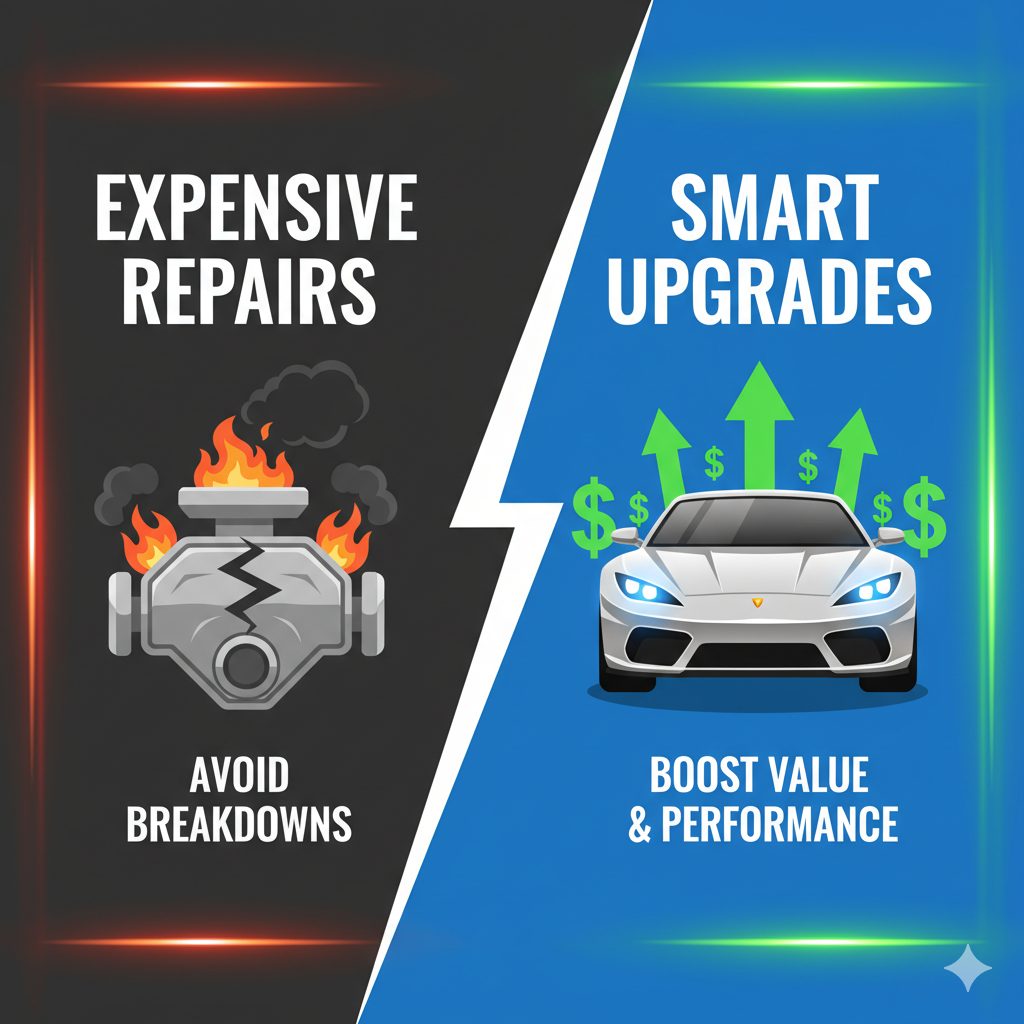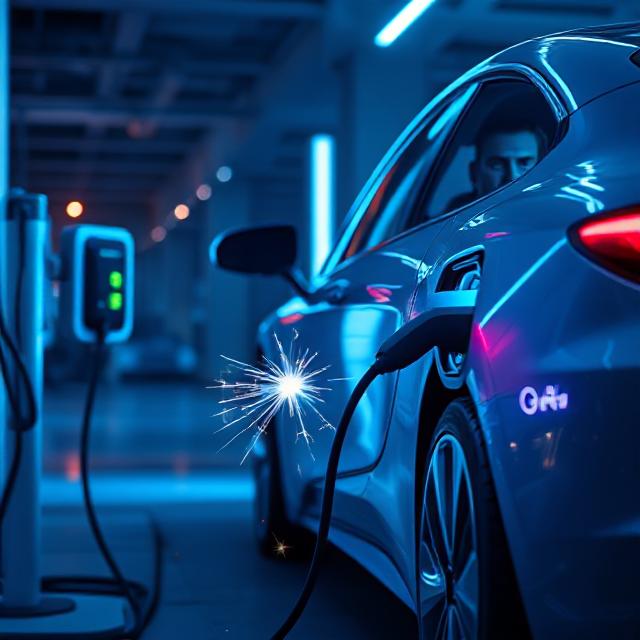Expert Tips: 12 Upgrades That Save You Money on Car Repairs
Most car owners think saving money means skipping the shop but smart savings actually come from prevention, not avoidance. A few clever upgrades can keep your ride running smoother, longer, and cheaper to maintain. From protective coatings that stop rust before it starts, to tech add-ons that warn you before a part fails these expert-backed tweaks pay for themselves many times over. Here are 12 upgrades that can quietly save you hundreds (or even thousands) in repair bills down the road.
The Scheduled Maintenance Machine
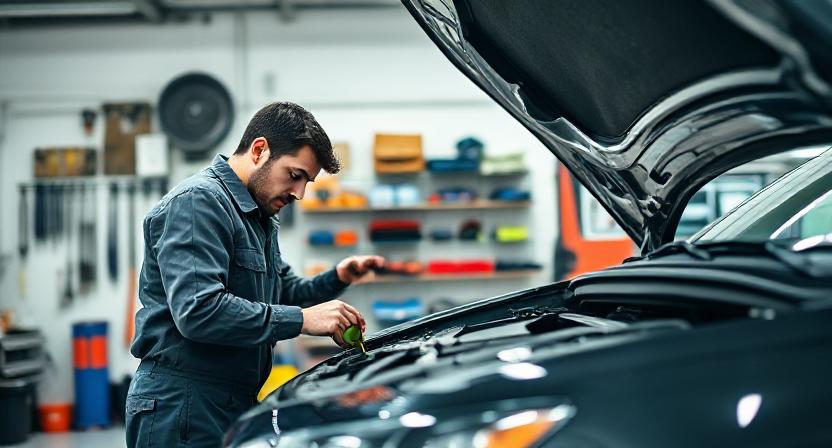
This isn’t a car, it’s a habit. But it’s the most important one. Just following the darn schedule in your owner’s manual. Not the quick-lube place’s super-upsell schedule, the actual one. Changing your oil and filters on time, checking fluids… it’s like going to the dentist for cleanings so you don’t need a root canal. It might cost you $50 for an oil change now, but it saves you a $4,000 engine later. It’s the least sexy upgrade ever, but it’s the number one money-saver.
All-Weather Floor Mats
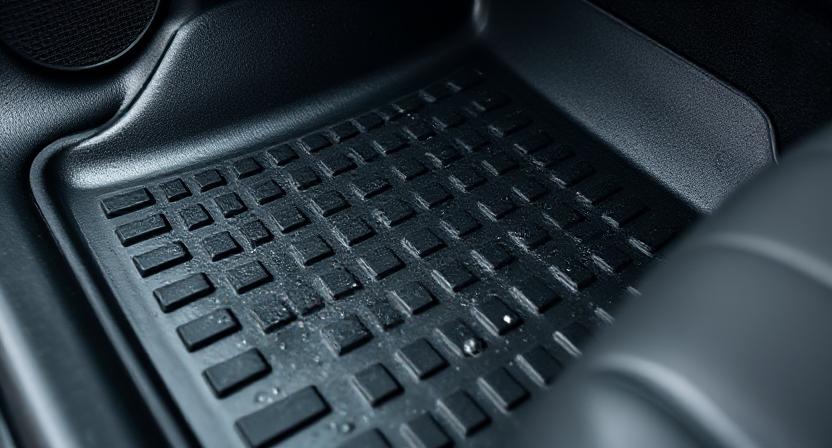
I know, I know, it sounds so dumb. But hear me out. A good set of heavy-duty rubber floor mats, like the WeatherTech or TuxMats ones, they cost maybe $150 to $200 for a full set. And they protect your carpets from salt, mud, spilled coffee… and that moisture leads to rust on the floorpan over years. Replacing carpet is a huge, expensive job. So for two hundred bucks, you’re protecting the interior of your car forever. It’s a no-brainer.
A Good Quality Battery
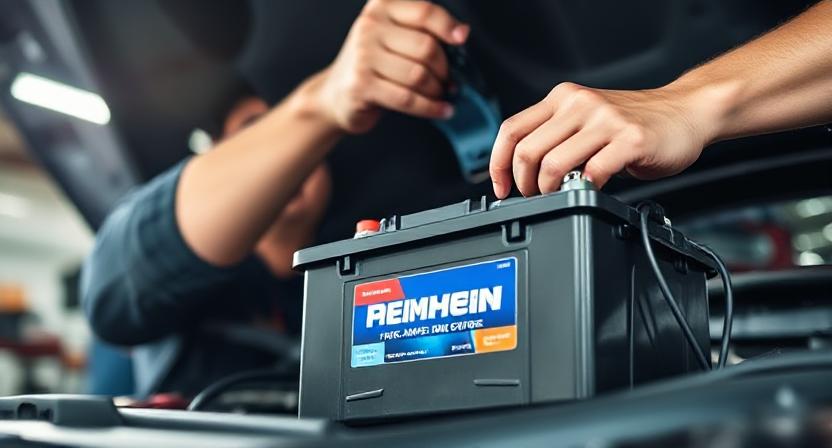
Skimping on a battery is a false economy. Buying that super-cheap, no-name brand from the parts store for $80 might seem smart, but it’ll probably die in two years and leave you stranded. Spending like, $150 to $200 on a good one from a reputable brand with a long warranty… that’s an upgrade. It’s more reliable, it has more cold cranking amps, and it just… works. Getting a tow truck costs more than the difference in price.
Synthetic Oil Upgrade
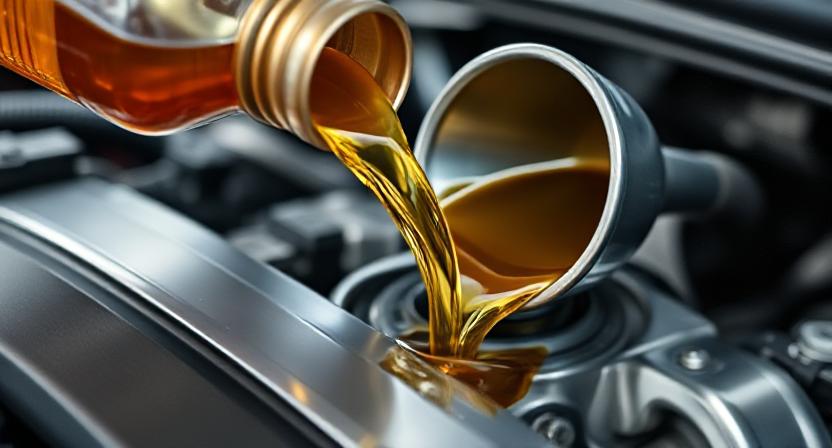
If your car can take it—and most modern ones can—switching to full synthetic oil is a huge win. It just handles heat and stress better than conventional oil. It doesn’t break down as fast. It can help your engine run cleaner and last way, way longer. It might cost an extra $20 or $30 per oil change, but you might also be able to go longer between changes. It’s like giving your engine a superfood smoothie instead of fast food.
LED Headlight Bulbs
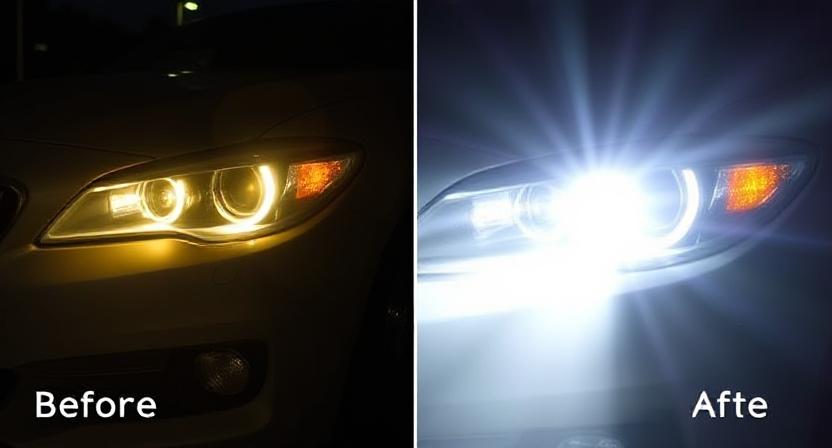
Now, this one you gotta check your local laws for, but… if you have an older car with dim, yellowish halogen lights, upgrading to LED bulbs is a game-changer for safety. You can see so much better at night. A good set might run you $50 to $100, and if you can install them yourself, it’s free. Preventing one accident, even a small fender-bender, pays for this upgrade a thousand times over. It’s not just about style, it’s about actually seeing the road.
A Basic Code Reader
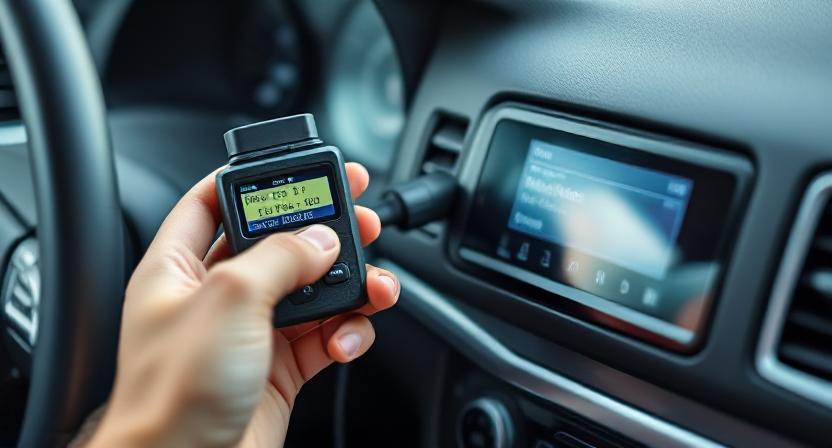
This is the ultimate power move. For like, $30 to $60, you can buy a little OBD2 code reader that plugs in under your dashboard. When that scary check engine light comes on, you don’t have to panic and just go to the mechanic blind. You can read the code yourself. Half the time it’s something simple like a loose gas cap, and you can fix it for $5 instead of paying a shop $150 for diagnostics. It takes away the fear.
Ceramic Brake Pads
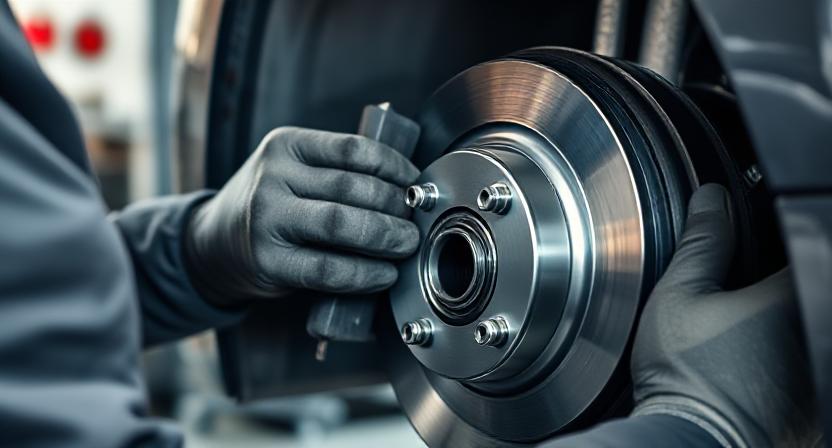
If you’re due for new brakes, skip the cheap, dusty organic pads. Spend a little more on ceramic pads. They might cost like, $20 more per axle? But they last longer, they produce way less black dust that ruins your wheels, and they tend to be quieter. It’s a small upgrade that makes a big difference in daily driving and how often you have to replace them.
A Quality Air Filter
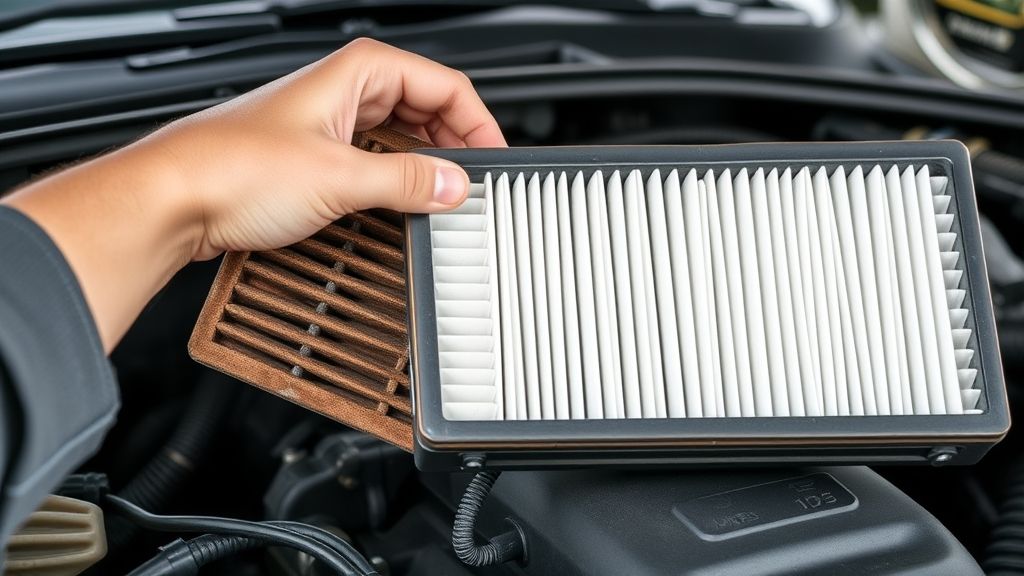
Not the cabin air filter, the engine air filter. A clean one helps your engine breathe easy and run efficiently. And you don’t need to pay a mechanic $50 to change it. You can buy a good one for $15 to $30 and pop it in yourself in 30 seconds. It’s the easiest “repair” in the world, and a clogged filter wastes gas and makes your engine work harder.
A Decent Tire Inflator
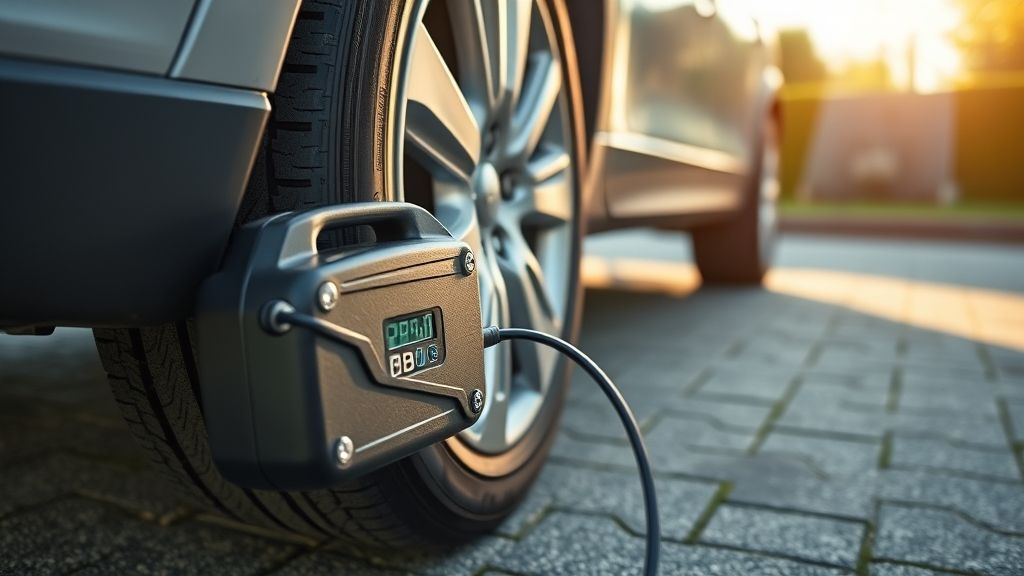
Under-inflated tires are a killer. They wear out super fast, they hurt your gas mileage, and they’re unsafe. A decent electric tire inflator that plugs into your 12V socket costs maybe $30. Check your pressures once a month and top them off. You’ll get thousands more miles out of your tires and save on gas. It’s boring, but it prints money.
Rust Protection Spray

If you live anywhere with snow and salt, this is huge. Getting an undercoating spray like Fluid Film or Woolwax applied every fall costs maybe $100 to $200. It creates a barrier that stops rust from starting. Repairing rust? That’s structural, that’s thousands of dollars. Preventing it is one of the smartest financial moves you can make for a car you plan to keep long-term.
Upgraded Wiper Blades
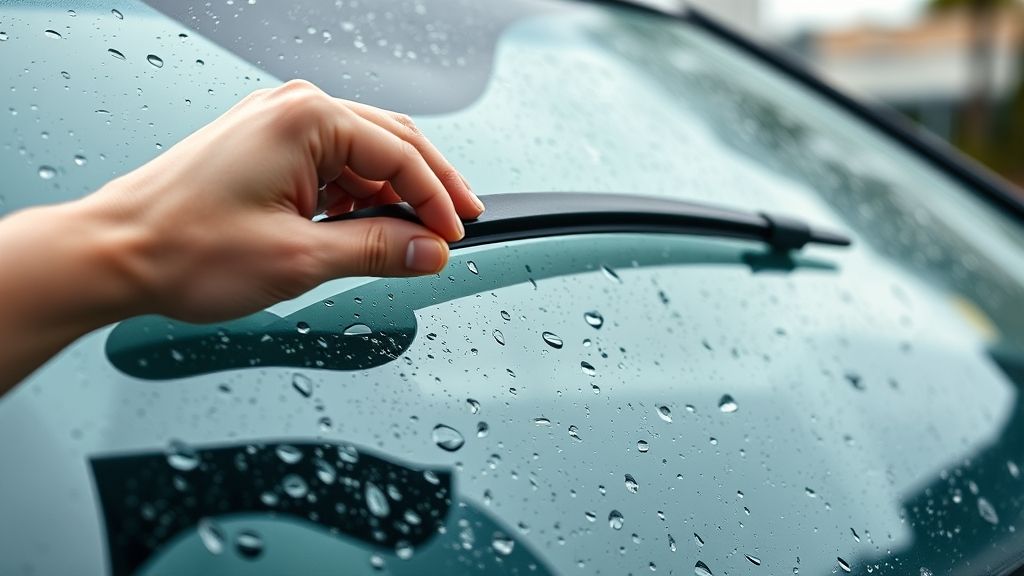
Don’t just buy the cheapest rubber ones. Get the good silicone or beam-style blades. They might be $25 each instead of $10, but they last longer, they streak less, and they work better in heavy rain. Being able to see clearly is safety, and replacing them once a year is cheaper than the bodywork from a crash you couldn’t avoid.
A Service Manual
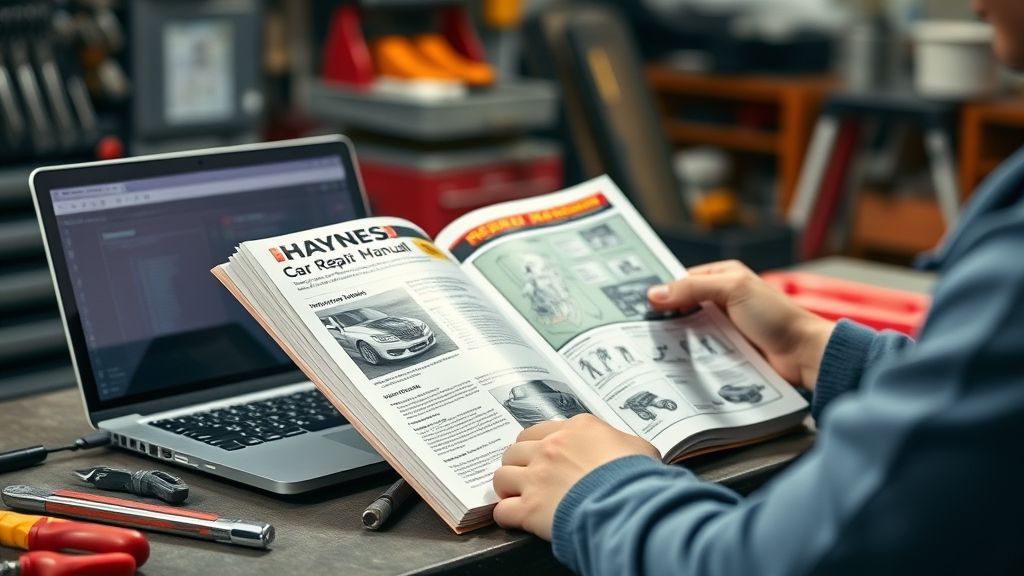
For the slightly adventurous, a Haynes or Chilton manual for your specific car, or even just a subscription to a online forum, is maybe the best $30 you’ll ever spend. It gives you the confidence to try basic stuff yourself—changing spark plugs, rotating tires, flushing coolant. The knowledge pays for itself after the first small job you do yourself instead of paying a shop.

